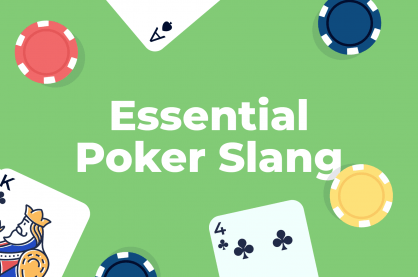Medieval Gambling: What Was It Like Betting Hundreds Of Years Ago?
The modern age of gambling is all about lavish settings, big spenders, and massive jackpot wins. It might be hard to imagine that gambling was just as popular back in medieval times where the technologically advanced slot machines and glossy table games didn’t exist.
So, what exactly was medieval gambling like?
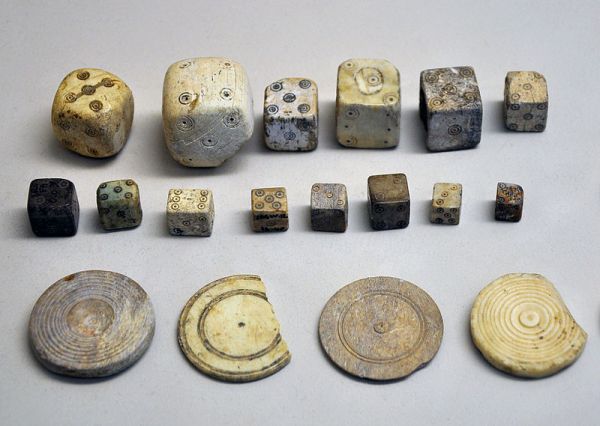
An Age of Chance
You can forget about all the technology and complex gadgets in use today. Medieval gambling was all about betting in its fundamental form.
Games of chance were the most popular with players. The different variations of dice were particular hits. Raffle was one of the most famous of those games.
Players would need to land three dice with an identical number on all three or hit the highest pair of identical numbers to win.
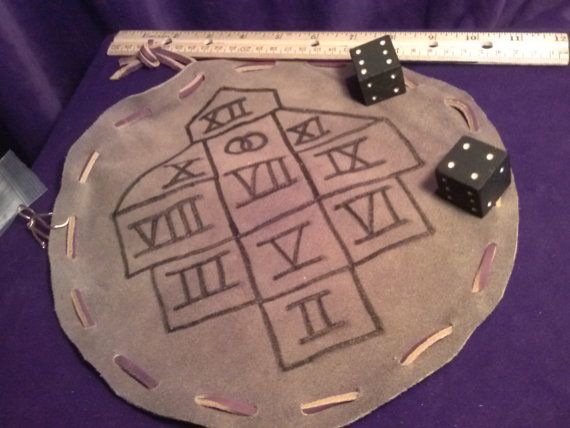
Hazard was another commonly played dice game. You can probably guess that the game earned its name due to the high risk involved.
It was one of the seedier games doing the rounds and could often be found in taverns. It would pull in cheaters and if caught those cheats would be punished severely.
The simplification of the rules of hazard saw it evolve into the game known today as Craps.
The game of Thimble-Rig would attract punters. It was considered more of a scam than a game but was commonly known as ‘cup and balls’ and would be run by gangs on medieval streets.
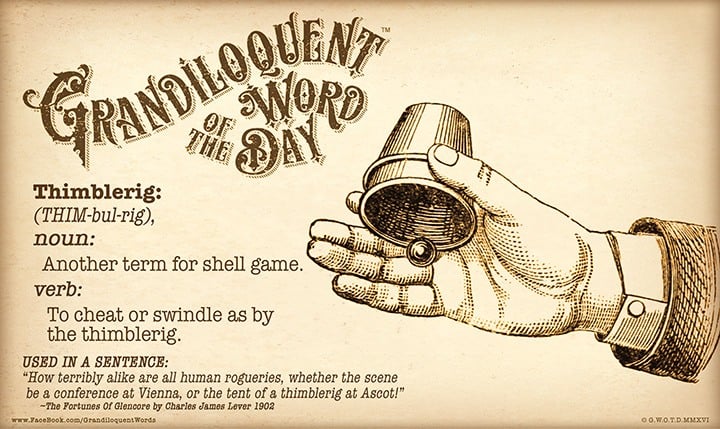
Thimble-Rig would frequently be used to dupe players with more money than sense. A quick hand being used to move the ball between cups so that the players always lost and the person running the game always won was common.
Another game that was popular during this time was a variation of heads or tails. It was called ‘cross and pile’. These were the two names given to the two different sides of a coin. A simple enough game but it captured the imagination of the people.
Interestingly, it was the medieval period that saw the introduction of card games into British culture.
Card games had long been popular in China since the early 10th century. The game migrated over to British shores in the 15th century and has played a pivotal role in British gambling ever since.
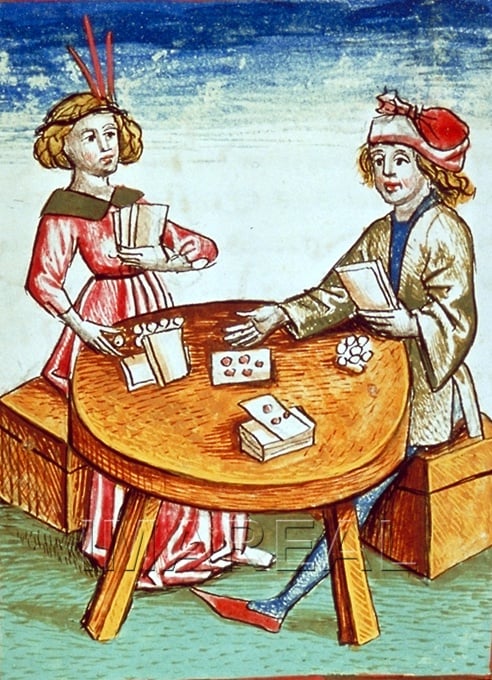
An Elitist Movement
Gambling was an activity reserved for the privileged. As early as 1190, during King Richard I’s crusade, any individual below the ranking of knight was banned from gambling.
In contrast, those of knight ranking or higher were allowed to gamble. It was very much seen as a recreation reserved for the wealthy.
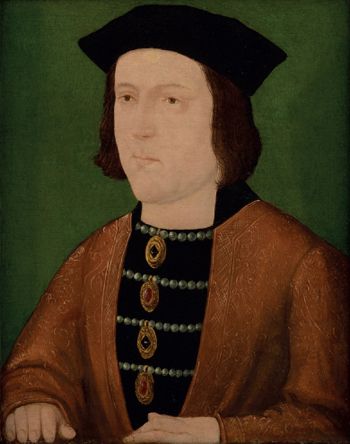
King Edward IV’s parliament banned the activity of dice and cards in 1461.
Two years later, parliament took another anti-gambling step by banning the importation of playing cards. There are suggestions that this was to encourage the production of English playing cards for the wealthiest to use.
Ironically, despite his enthusiasm for outlawing gambling for the poor, King Edward IV would go on to inspire the blood sport of fox-hunting when he introduced it as a variation of the ‘Fox and Geese’ hunting game, where the fox would hunt the geese and spectators would bet on the outcome.
King Henry VII continued this anti-gambling stance for commoners.
In 1495, his parliament passed a law preventing “an apprentice, agricultural worker, labourer, or employee in craft” from gambling. The same restrictions were not imposed on the privileged few.
Again, it was hard to fathom that despite his opposition to legalizing gambling for the people, King Henry VII would incur debts from gambling resulting in him needing to borrow money from those around him. He would regularly wager on tennis, chess, and dice.
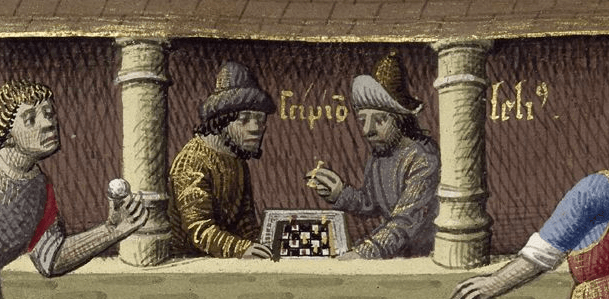
Prizes Up for Grabs
Due to gambling widely being outlawed for the poor during medieval times, the prizes up for grabs in medieval gambling were quite high stakes.
Transactions were frequently between rich individuals. Extracts from King Henry VII’s accounts show how much he would lose when gambling and the stakes being placed at the time.
Examples of wagers placed by King Henry VII during this time include £10 to Jakes Haute for tennis betting, £20 worth of gold to the King’s grace playing cards and £3 to the Lord of York for a game of dice.
These figures are small in this modern age but back in the medieval age these were vast sums changing hands. Further proof that gambling might well have not been legalized for the poor but, for the rich, it was a game to play and waste fortunes doing so.


